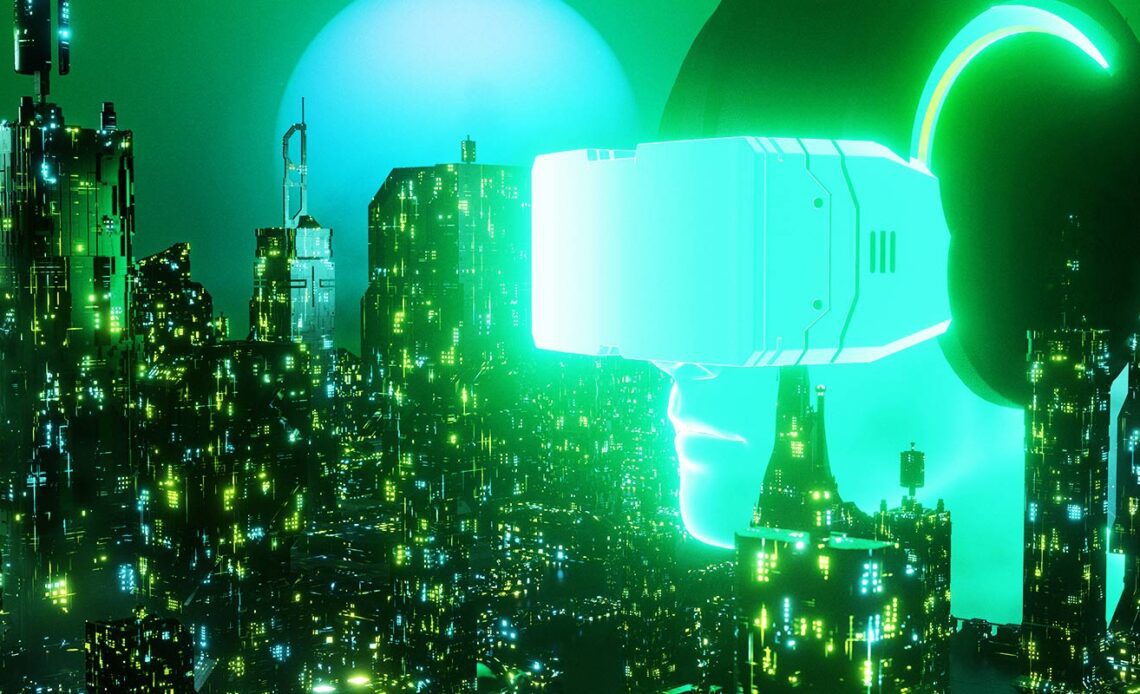HodlX Guest Post Submit Your Post
‘Fortnite’ skins and PokéCoins may not seem more like a fun gimmick than an in-game necessity, but these kinds of in-game purchases make up an enormous $70 billion-plus market.
In-game purchases have been around for a minute. The first microtransaction sold by a major publisher was in 2006 when Bethesda sold horse armor in ‘The Elder Scrolls IV: Oblivion’ for $2.50.
Since then, the latter has exploded in popularity across different game universes. But therein lies the caveat.
In-game purchases like skins (i.e., digital assets) are by and large limited to the respective game ecosystems in which they are bought.
For example, the aforementioned Fortnite skins can only be used or displayed on Fortnite.
In addition to this, very few of these assets are tradable or monetizable by their owners in any shape or form.
This siloed approach to in-game purchases is not only frustrating for players, but it’s also a missed opportunity for developers.
By keeping these digital assets locked within their own ecosystems, they’re limiting the potential for cross-platform collaborations and missing out on the chance to create a thriving secondary market for digital goods.
Now, if you’re reading this, it should come as no surprise to suggest Web 3.0 as a solution to the problem.
Migrating in-game assets to on-chain networks like Ethereum’s allows players to have a wider range of control and true ownership of their assets.
By storing in-game assets on-chain, players will be able to easily sell, trade and effectively monetize their assets.
Let’s dive into how this works, and why it’s only the tip of the spear.
What do in-game purchases look like on-chain
Layer-two scaling solutions like Immutable have worked to provide NFT (non-fungible token) infrastructure on the Ethereum blockchain to reduce the cost of NFT minting.
The NFTs are, of course, representative of the in-game assets being purchased.
By selling assets as NFTs, Web 3.0 gamers have the ability to easily trade and transfer their in-game assets to different wallets.
Additionally, NFT assets give the game absolute ownership of their purchased goods.
While some argue that the first order of business is to simply prioritize using Web 3.0 as a way to store and transact purchasable game assets, others believe we should move the entire experience on-chain.
By creating a decentralized ecosystem for in-game assets, we can foster a new level of trust and…
Click Here to Read the Full Original Article at The Daily Hodl…
























